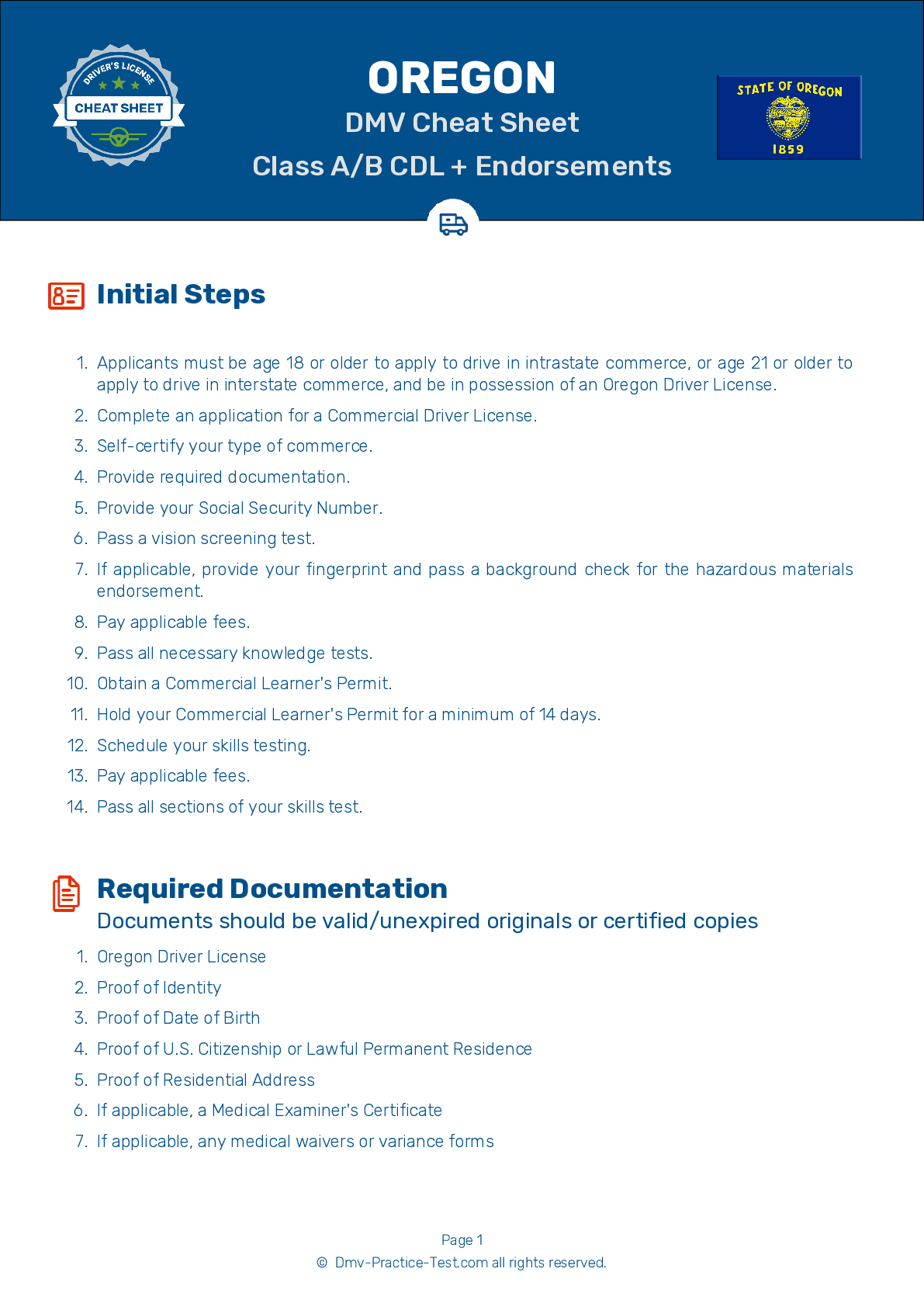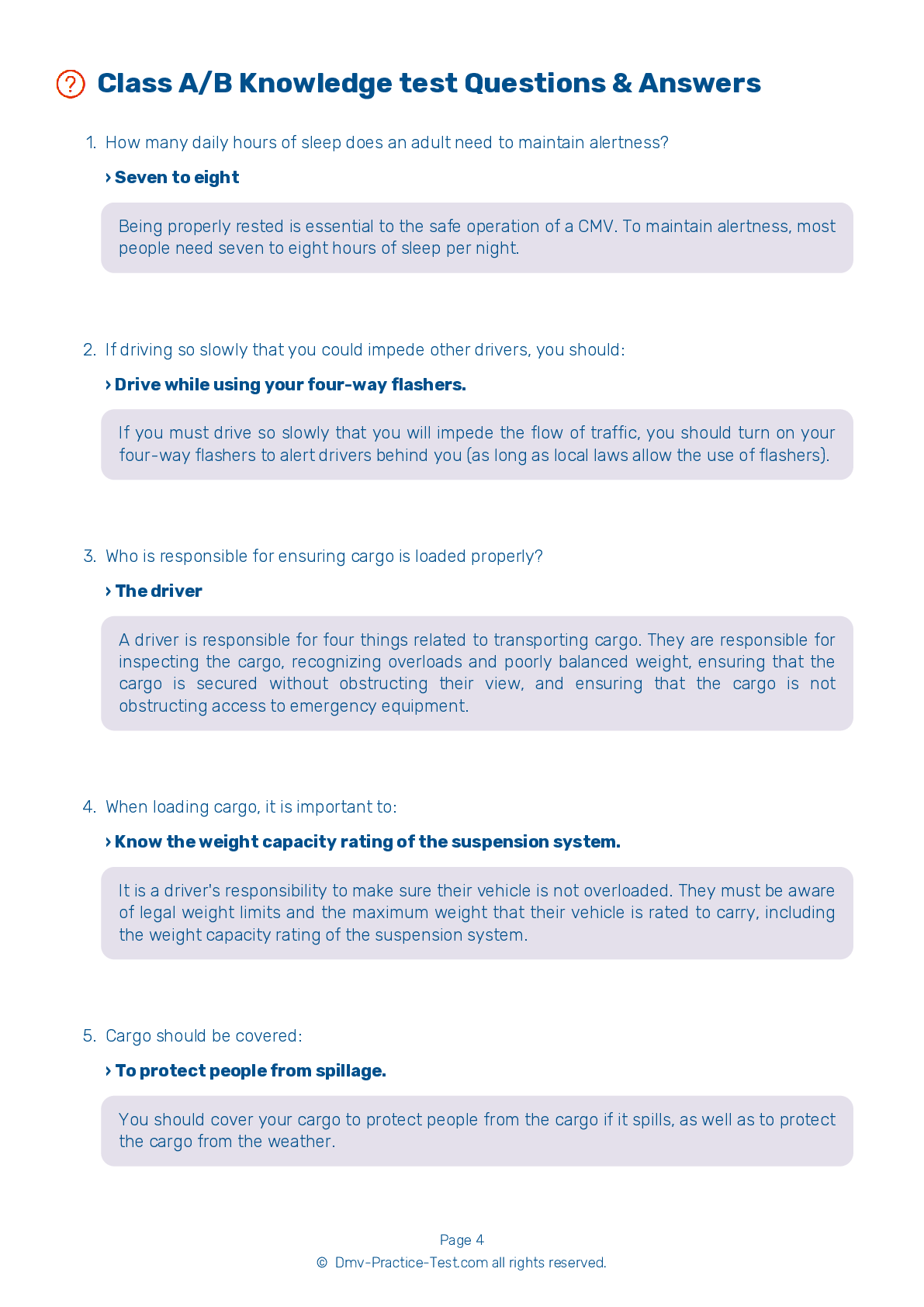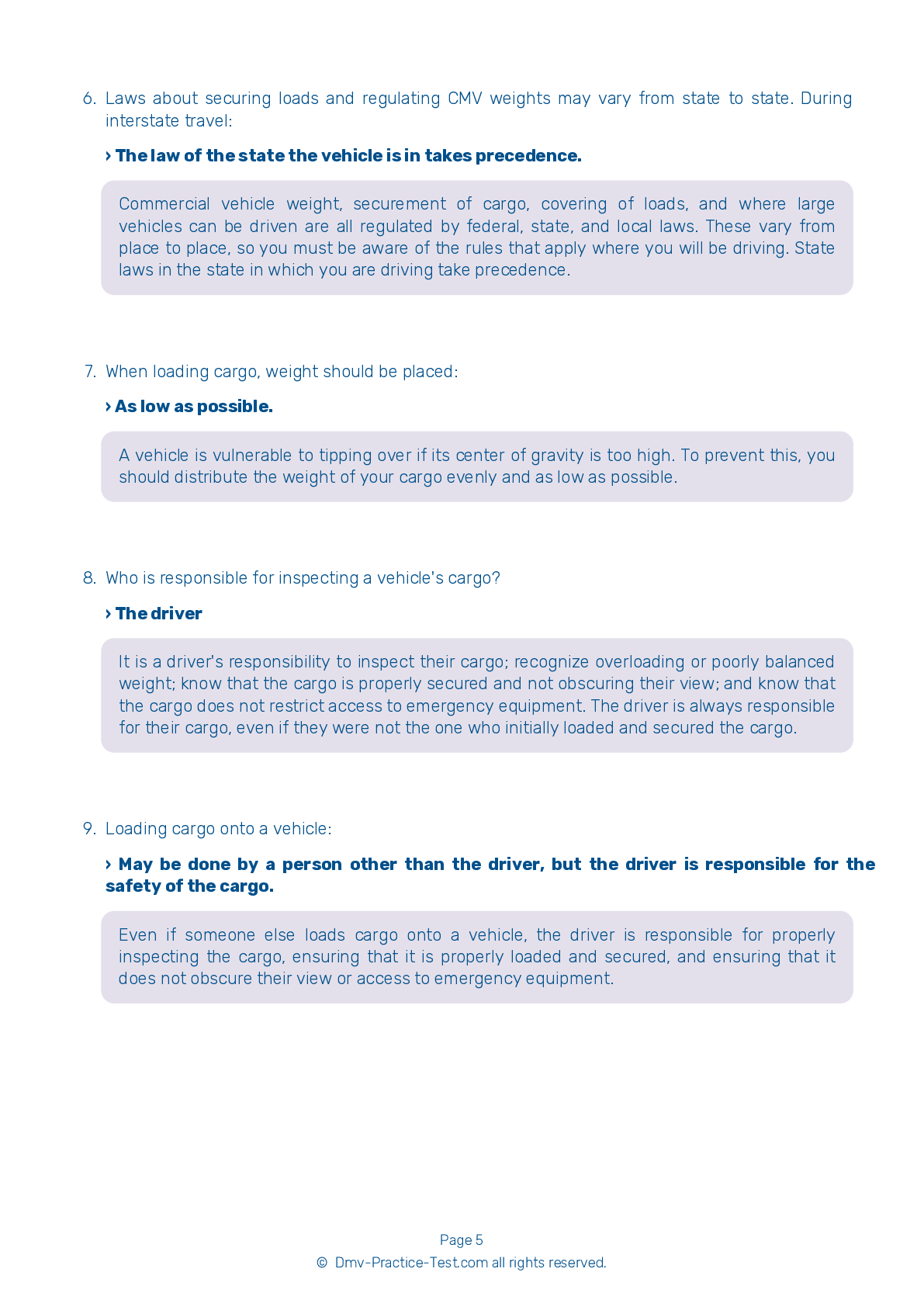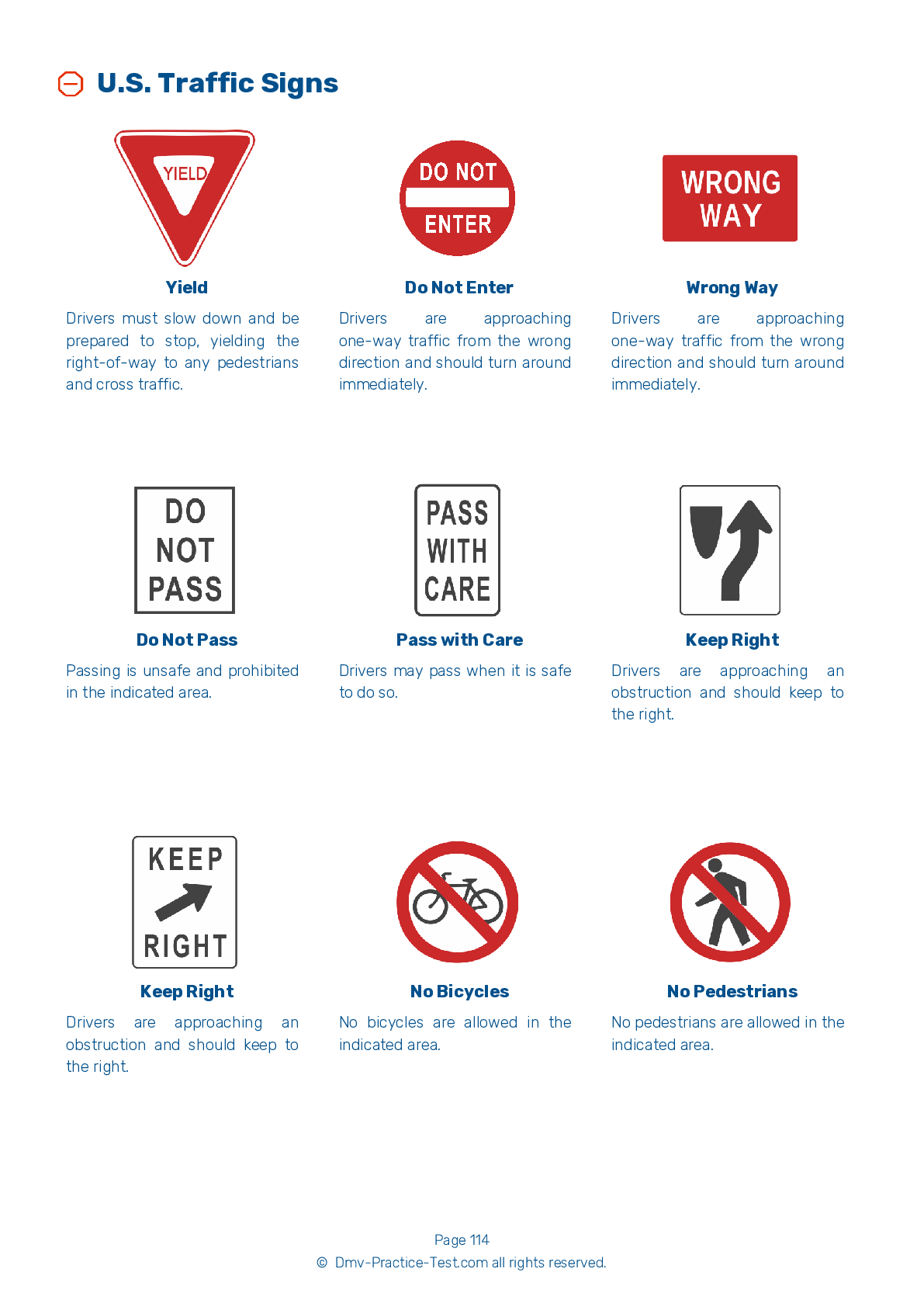Air Brakes Endorsement Test | Oregon 2025 #2 Page 3 of 4
Train for FREE online with our Oregon CDL air brake test. The official exam test consists of several obligatory parts, with all of them checking your knowledge of different blocks of road rules. If you need to obtain a OR Class A/Class B driver license in 2025, practice as much as possible. Free sample tests published on our website will help you check and improve your knowledge and boost your grades. Please bear in mind that the requirements for CDL may vary from state to state.
13 . The application pressure gauge:
In an air brake system, the application pressure gauge shows how much air pressure is being applied to the brakes. Not all vehicles with an air brake system have this gauge.
14 . Brake fading is caused when:
Using the brakes excessively will cause them to overheat, making them less effective. This is referred to as "fading."
15 . Manual air tank drains should be:
Compressed air in an air brake system usually contains a certain amount of water and compressor oil. The water and oil can damage the brakes if left to accumulate in the system. Manually operated air tank drains must be opened daily to remove this build-up.
16 . An Anti-Lock Braking System (ABS):
Anti-Lock Braking Systems (ABS) are compatible with air braking systems. ABS helps maintain control of a vehicle and prevents the wheels from locking up during hard braking on slippery surfaces. ABS can still provide benefits even if is present on only one axle.
17 . Foundation brakes are used:
Foundation brakes are used on each wheel of a CMV. The most common type of foundation brake is the s-cam drum brake.
18 . During an applied leakage test, what is the maximum leakage rate that is safe for a single vehicle with air brakes?
It is important to know the maximum air loss rate that is safe for your specific vehicle. A single vehicle with air brakes should have a leakage rate no higher than 3 psi in a minute during an applied leakage test.
See the exact questions that will be on the 2025 Oregon DMV exam.
99.2% of people who use the cheat sheet pass the FIRST TIME
Lillian MCcranie explains how our CDL study guide was helpful in passing the exam and recommends it to everyone.
Cameron tells us how he purchased the CDL exam, and found it to be a useful tool which helped him pass the exam and find a job.



